Last week I shared that challenging behaviors are sometimes the result of well-intentioned activities that are not “appropriate” for the age group or developmental abilities of one or more children in your class.
In fact, a lot of common early childhood practices are actually too hard, too easy, or simply not meaningful for the age group that they are commonly used with.
That’s true not just about actual lessons or activities but also about common ways we interact with children - little things we say or do.
When we interact with children in ways that don’t recognize how their brains and bodies actually work, oftentimes, the child is disengaged or frustrated, we get frustrated, and in the worst case scenario it results in all sorts of unwanted and even aggressive behavior!
Now, there is no shame if you find out you’re doing something considered “developmentally inappropriate”. Zero. Zip. Nada. No shame. No blame.
Most of us have learned these “inappropriate” things from watching those we work with or because we simply haven’t been taught what to do instead!
The good news is often all that’s needed is a simple “DAP Tweak”.
A Developmentally Appropriate Practice (DAP) Tweak is a simple thing you can do to make what you’re doing more appropriate to the child’s age and developmental level.
For example, a common practice when one child hurts another is to say, “How do you think that makes ___ feel?”
We want to teach the child about emotions, help them develop empathy, empathize with the child they just hurt, and stop being aggressive.
BUT that approach is way too advanced for most preschool children.
“How do you think that makes him feel?” doesn’t account for how children actually learn about emotions and start to learn empathy.
Preschool children develop empathy by first learning to recognize their own emotions.
So, that kid who gets upset and uses his or her hands rather than words to express themselves or try to get what they want?
Empathize with others (in the heat of the moment when they are upset, no less)?
Nope. Not going to happen.
Sure, over time the child may parrot back “he looks sad” cause they know that’s the right answer you’re looking for (similar to a forced apology).
But true empathy and concern does not typically result from this approach (creating frustration for teachers, families, and children).
The how-do-you-think-that-makes-him-feel strategy does not usually end up decreasing aggressive behavior even when used consistently (if it worked for you - great!)
So, how do we adjust our actions so true learning and empathizing can happen and no one gets hurt?
We’re going to need a DAP Tweak!
This is getting long so I’m just going to give you the first tidbit but the good news is at my upcoming live online Transform Challenging Behavior Training series I’m going to be covering more about DAP Tweaks.
If we want a child who hits to start learning about feelings we start with them.
To the child who hit because he wanted something we can say: “You seem mad that there are no more spots at the sand table.”
From there, we can move on to problem solving and teaching alternative behaviors.
One of the hardest parts of using DAP Tweaks is wrapping our heads around how something so common could go against best practice recommendations.
What questions do you have about the idea of DAP Tweaks?
Let me know in the comments below!

